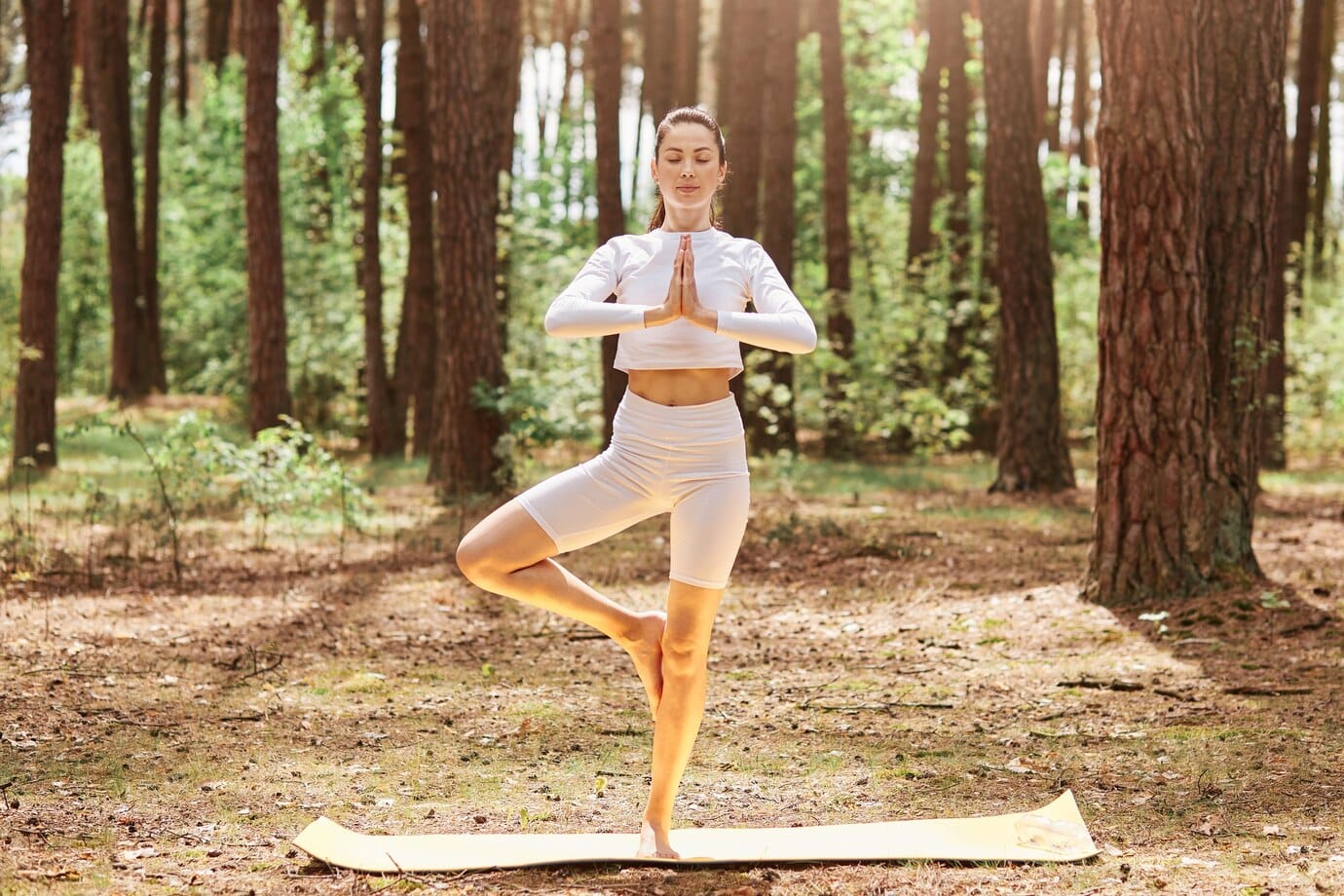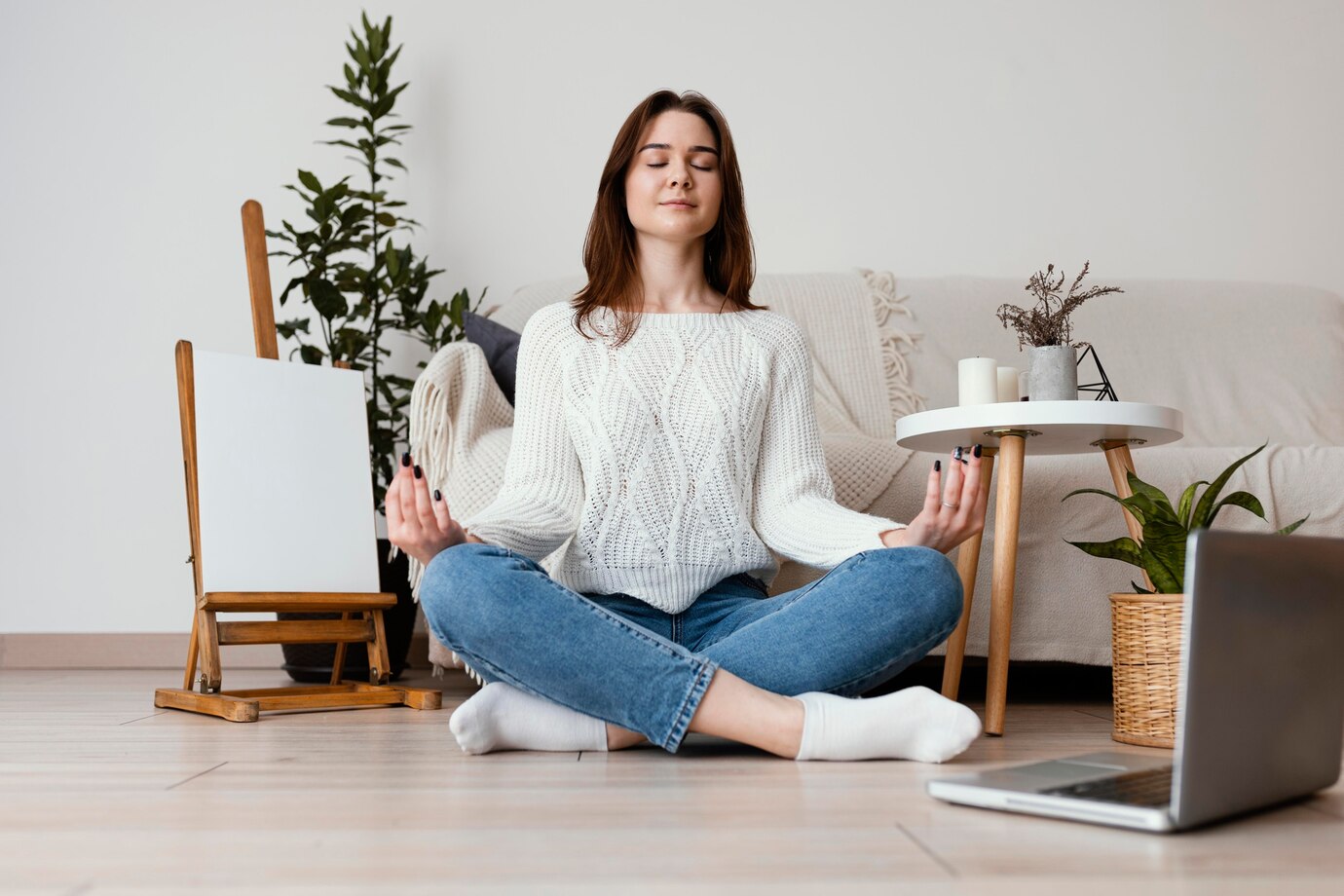
How to Build a Daily Mindfulness Routine
Our world of quick steps is clogged with distractions, and the stress can be at an all-time high, so creating that space to be creative can take a little work. I believe that a daily mindfulness practice can move mountains. Mindfulness is the practice of being in the present moment. It’s been around for thousands of years but recently has hit a peak of popularity. The benefits are wide — from less stress to better health. However, many find it difficult to practice mindfulness in their everyday lives.
This guide aims to provide a comprehensive approach to building a daily mindfulness routine. It offers insights into mindfulness exercises, daily mindfulness practice, and the best ways to stay present.
Key Benefits / Why It Matters

The Relevance of Mindfulness Today
Mindfulness is more than just a buzzword. It is a scientifically backed practice that can lead to profound improvements in mental health. Regular mindfulness exercises can lower anxiety and depression. They also boost attention and improve relationships. In our society, multitasking is often glorified. Mindfulness offers a counterbalance by encouraging individuals to focus on one task at a time. Thereby increasing productivity and reducing burnout.
The Science Behind Mindfulness
Neuroscientific research has demonstrated that mindfulness can physically reshape the brain. MRI studies show that mindfulness practice boosts grey matter density in areas of the brain linked to learning, memory, emotion regulation, and self-awareness. Furthermore, mindfulness can lower levels of cortisol, the hormone associated with stress. It contributes to a calmer and clearer mental state.
Real-Life Applications
Mindfulness is not confined to meditation cushions or yoga mats. It can be seamlessly integrated into everyday activities. Mindfulness can change your daily tasks. Whether you’re commuting, eating, or washing dishes, these moments can become chances for awareness and presence. Daily mindfulness helps people find calm and clarity in their lives. It leads to more intentional and meaningful experiences.
Step-by-Step Guide to Building a Daily Mindfulness Routine
Starting Your Mindfulness Journey
Embarking on a mindfulness journey doesn’t require drastic lifestyle changes. It begins with small, intentional steps gradually building into a sustained practice. Here’s how to get started:
Step 1: Set Your Intention
Before diving into mindfulness exercises, it’s crucial to set a clear intention. Ask yourself why you want to incorporate mindfulness into your daily routine. Are you seeking stress relief, improved focus, or a deeper connection with yourself? Understanding your motivation will guide your practice and keep you committed.
Step 2: Create a Dedicated Space
Designate a specific area in your home for mindfulness practice. This space should be free from distractions and conducive to relaxation. It doesn’t need to be elaborate—a simple corner with a cushion or chair will suffice. The key is to create an environment that invites you to pause and be present.
Step 3: Start Small
Begin with short mindfulness exercises that fit into your schedule. A common misconception is that mindfulness requires hours of meditation, but even five minutes daily can make a difference. As you become more comfortable, gradually increase the duration of your practice.
Step 4: Choose Your Mindfulness Exercises
Mindfulness is a versatile practice with a variety of exercises to choose from. Some popular options include:
- Breathing Exercises: Focus on your breath, observing each inhale and exhale without trying to change it.
- Body Scan: Pay attention to different parts of your body, noticing any sensations or tension.
- Mindful Eating: Savour each bite of your meal, paying attention to the taste, texture, and aroma.
- Walking Meditation: Walk slowly and deliberately, focusing on the sensation of your feet touching the ground.
- Journaling: Reflect on your mindfulness experiences by keeping a journal to track your progress and insights.
Experiment with different exercises to discover what resonates with you.
Step 5: Integrate Mindfulness into Daily Activities
Mindfulness doesn’t have to be a separate activity; it can be woven into your daily routine. Practice being present while brushing your teeth, listening to music, or even during conversations. The aim is to cultivate a state of awareness that extends beyond formal practice.
Additional Expert Tips & Common Mistakes to Avoid

Best Practices Beyond the Basics
- Consistency is Key: Aim to practice mindfulness daily, even if only for a few minutes. Consistency helps reinforce the habit and deepen your practice over time.
- Be Patient: Mindfulness is a skill that develops gradually. Avoid putting pressure on yourself to achieve immediate results.
- Use Guided Resources: If you’re new to mindfulness, consider using guided meditations or apps to support your practice. These resources can provide structure and inspiration.
- Combine Mindfulness with Other Practices: Yoga, stretching, and gratitude exercises can complement mindfulness. It will make your practice more holistic.
Common Mistakes and Misconceptions
- Expecting Perfection: Mindfulness is not about achieving a perfectly clear mind. It’s normal for thoughts to arise; the practice lies in gently guiding your attention back to the present.
- Forgetting to Reflect: Take time to reflect on your mindfulness journey. Journaling about your experiences can provide valuable insights and track your progress.
- Assuming Mindfulness is Only Meditation: Meditation is a core practice. Mindfulness extends to everyday activities and interactions.
Advanced Insights / Expert Recommendations
Deepening Your Practice
As you become more comfortable with your daily mindfulness routine, consider exploring advanced techniques to deepen your practice:
- Mindfulness Retreats: Attending a retreat can provide an immersive experience. It can help you connect with a community of like-minded individuals.
- Mindfulness-Based Stress Reduction (MBSR): This structured programme was developed by Jon Kabat-Zinn. It offers a comprehensive approach to integrating mindfulness into everyday life.
- Mindful Self-Compassion: Cultivate a kind and compassionate attitude toward yourself. This should be done especially during challenging times.
- Loving-Kindness Meditation: A practice that fosters compassion and positive emotions towards oneself and others.
Unique Industry Perspectives
Mindfulness is not a one-size-fits-all practice. Different industries have adopted mindfulness in unique ways. For instance, in the corporate world, mindfulness is used to enhance leadership skills and improve team dynamics. In classrooms, mindfulness helps students feel better and stay focused. Athletes use mindfulness to enhance concentration and performance under pressure.
Embracing Mindfulness for a Balanced Life

Oh, and you are also allowed to be happy. Taking mindfulness exercises by including them in your daily schedule can help you get grounded yourself at this moment. It can also lower stress and boost your general good health. The key is to introduce the practice in a uniform manner. So we develop a habit of reading because we make it a daily activity. It doesn’t require any time frame. Just be patient. As you embark on this journey, consider inviting a friend or loved one to join you. This also allows you to share the experience and grow together.
In a world that often pulls us in multiple directions, mindfulness offers a path to grounding and clarity. As you close this chapter, ask yourself: How can I be more present in my life today? Your journey begins with a single breath.